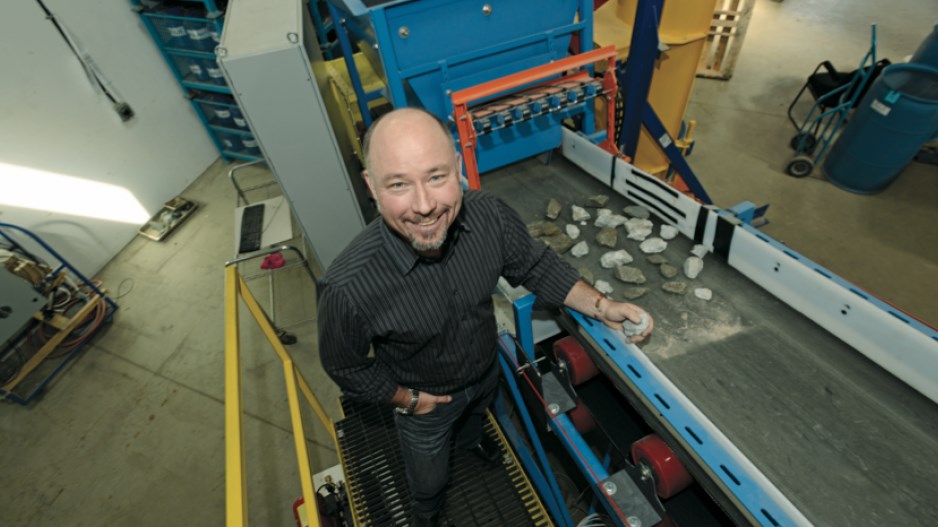Low commodity prices, spiking energy costs, declining deposit grades, increasing environmental restrictions, growing public antipathy, withering market caps, skilled labour shortages – the challenges facing mining companies are considerable.
Up until last year, those challenges were manageable, thanks to a mining supercycle powered by China's economic growth and resulting high commodity prices.
While commodity prices are cyclical and subject to eventual recovery, the mining sector faces a more long-term problem: declining deposit grades, as the world's richest deposits become exhausted.
A recent Deloitte mining report urges mining companies to invest more in innovation and technology to address long-term productivity, energy conservation and environmental issues.
"The companies that are willing to be a little bit countercyclical and invest now, because of the gains they'll obviously make when things improve again, are ones that will do well," said John Thompson, former vice-president of technology and development for Teck Resources Ltd. (TSX:TCK.B) and current president of the Canada Mining Innovation Council.
Mining's technological deficit presents new opportunities for technology and mining companies that invest in innovation. Chrysalix Energy Venture Capital – a venture capital firm that has traditionally invested in clean energy – now sees a huge opportunity in new technology that helps increase productivity, reduce energy consumption and reduces environmental impacts for the mining sector.
Its first investment outside clean energy was in MineSense, which has developed high-tech sensors that help mines pre-sort ore before processing and recover minerals from waste ore.
"We're just now positioning ourselves so that, in the next fund, we can find another four or five MineSense equivalents," said Chrysalix partner Charles Haythornthwaite.
"The quality of the ore bodies are declining. The industry's having to make the best of the ore bodies it's got, and the best ones are already gone. Innovation is clearly one of the key components on how you get back on the right track."
MineSense recently completed a pilot project at the Alexo Nickel Mine in northern Ontario designed to recover nickel from a low-grade dump of waste rock, but hasn't made the results public yet.
Meanwhile, BioteQ Environmental Technologies Inc. technology allows value to be extracted from mine waste by removing dissolved metals and sulphates from tailings ponds.
Although its primary purpose is environmental remediation, the BioteQ process can also extract valuable metals that can be sold to help offset the cost of the plants. It has four copper mine treatment-recovery plants in operation in China.
Because so much energy goes into the grinding and baking of ore to extract metals, Haythornthwaite said any new technology that improves efficiency could generate major cost savings.
"Three per cent of global electricity is just for that one function within mining – the grinding of the rock," he said.
The energy input costs are particularly high in Chile, where 85% of the country's northern grid is for mining and, according to Deloitte, electricity prices increased 11% per year in Chile between 2000 and 2013.
"There's very little additional capacity available," Thompson said, "and there's a lot of new operations or potential operations on the drawing books that are going to need additional power."
According to the Deloitte report, "from an energy perspective, this means taking a more integrated approach to mine design and planning.
"Companies should look at ways to automate mine processes at the design phase to reduce reliance on fossil fuels. They must also gain a full understanding of local renewable energy capacity – from geothermal and hydroelectric to solar and wind."
Because the cost of shipping concentrate to smelters is so high, some mining companies have been investing in mine-to-mineral processes.
"There's quite a bit of expertise in that area that comes from Vancouver," Thompson said.
CESL Ltd., a part of Teck's technology division, has developed a hydro-metallurgical process that allows minerals to be refined on site into products, such as copper or nickel cathodes, thereby avoiding the high costs of shipping minerals to smelters.
It can also be used to produce clean, high-grade molybdenum concentrate




